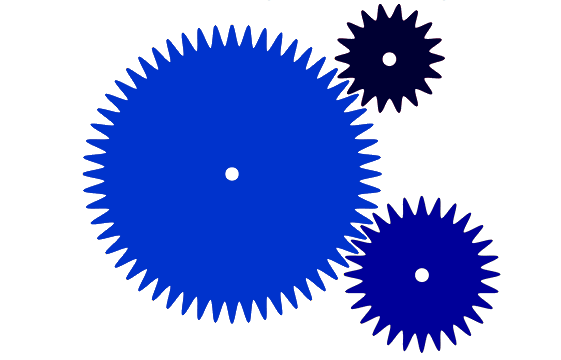Science in Year 6
The National Curriculum for Science in Year 6
Working Scientifically
During years 5 and 6, pupils will be taught to use the following practical scientific methods, processes and skills through the teaching of the programme of study content:
- planning different types of scientific enquiries to answer questions, including recognising and controlling variables where necessary
- taking measurements, using a range of scientific equipment, with increasing accuracy and precision
- recording data and results of increasing complexity using scientific diagrams and labels, classification keys, tables, and bar and line graphs
- using test results to make predictions to set up further comparative and fair tests
- using simple models to describe scientific ideas
- reporting and presenting findings from enquiries, including conclusions, causal relationships and explanations of results, in oral and written forms such as displays and other presentations
- identifying scientific evidence that has been used to support or refute ideas or arguments.
Living Things and their habitats
- describe how living things are classified into broad groups according to common observable characteristics and based on similarities and differences, including micro-organisms, plants and animals
- give reasons for classifying plants and animals based on specific characteristics.
Animals including humans
- identify and name the main parts of the human circulatory system, and describe the functions of the heart, blood vessels and blood
- recognise the impact of diet, exercise, drugs and lifestyle on the way their bodies function
- describe the ways in which nutrients and water are transported within animals, including humans.
Evolution
- recognise that living things have changed over time and that fossils provide information about living things that inhabited the Earth millions of years ago
- recognise that living things produce offspring of the same kind, but normally offspring vary and are not identical to their parents
- identify how animals and plants are adapted to suit their environment in different ways and that adaptation may lead to evolution.
Light
- recognise that light appears to travel in straight lines
- use the idea that light travels in straight lines to explain that objects are seen because they give out or reflect light into the eye
- explain that we see things because light travels from light sources to our eyes or from light sources to objects and then to our eyes
- use the idea that light travels in straight lines to explain why shadows have the same shape as the objects that cast them
Electricity
- associate the brightness of a lamp or the volume of a buzzer with the number and voltage of cells used in the circuit
- compare and give reasons for variations in how components function, including the brightness of bulbs, the loudness of buzzers and the on/off position of switches
- use recognised symbols when representing a simple circuit in a diagram.

